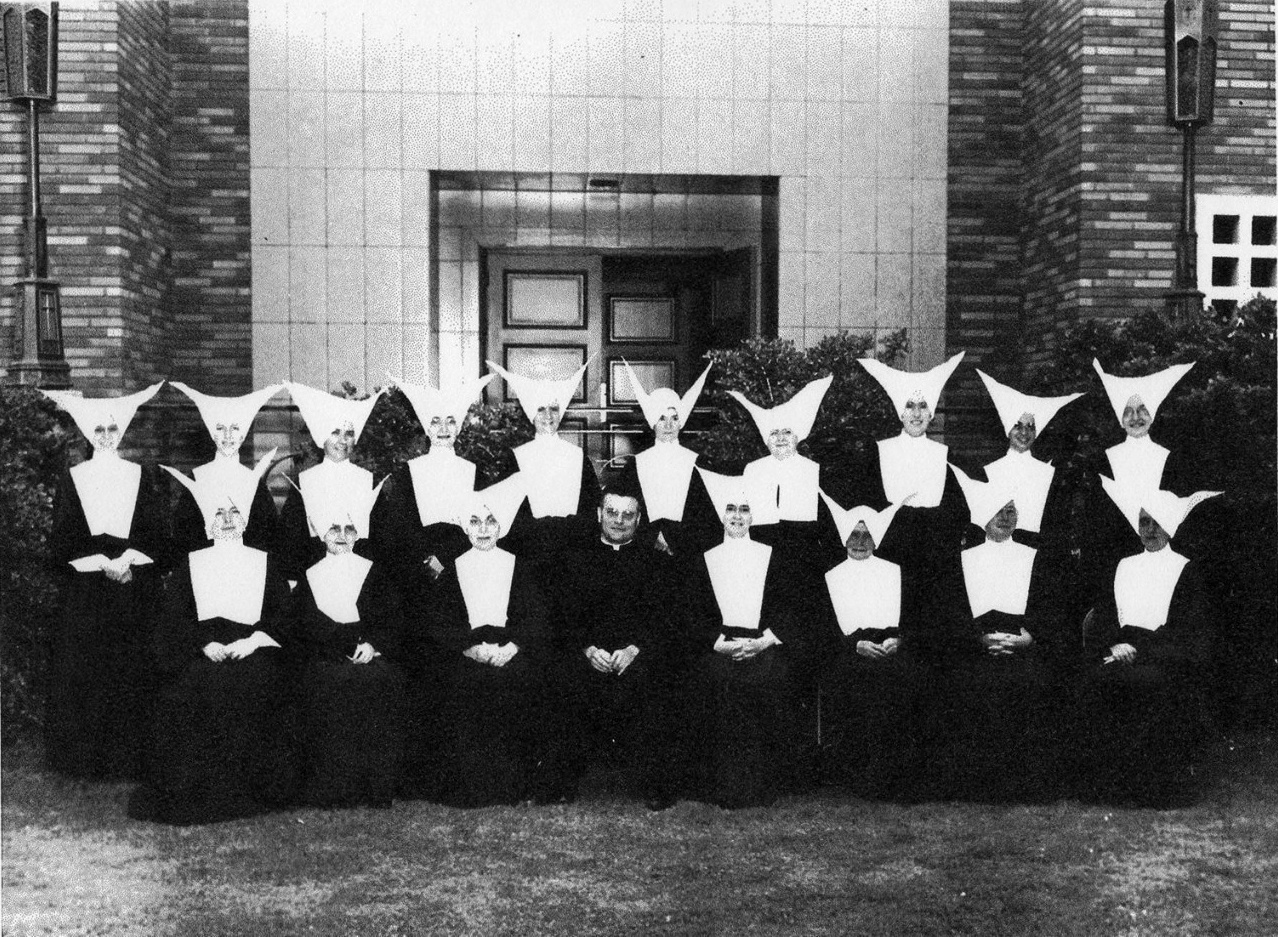Maryvale's History
In Los Angeles in the mid-1800s there was no child welfare system—no safety net for the underserved. Children who were orphaned or abandoned found themselves roaming the streets, struggling for survival and entirely dependent on the generosity of strangers.
The Maryvale Story:
Los Angeles County's Oldest Children's Charity
1856
Desperate to find a solution to this growing problem, Bishop Amat, the first Bishop of the Monterey/Los Angeles Diocese, petitioned the Daughters of Charity for help. On January 6, 1856, five Daughters of Charity arrived from their American Provincial House in Maryland to open Los Angeles’ first orphanage and hospital in the small wood-frame Wilson Home on the site where Union Station stands today. The following year the Sisters built a new building adjacent to the first–which, in 1869, was officially named the Los Angeles Orphan Asylum.
1891
In 1891 the orphanage expanded yet again, relocating to a much larger facility in Boyle Heights to accommodate the increasing number of orphans who needed somewhere to live. With a growing reputation as a safe place for children of all faiths and races—a refuge in an unstable and sometimes dangerous city—the Los Angeles Orphan Asylum became an indispensable part of the community.
After sheltering more than 8,000 children, earthquake damage and freeway expansion plans led to the destruction of the Boyle Heights building. By that time, the orphanage was so fundamentally important to the successful functioning of the city that a number of supporters stepped forward to assist in its relocation. Many of the women who rallied to the cause became founding members of the Los Angeles Orphanage Guild, which is still operating today.
1953
In large part due to the efforts of the Guild, Carrie Estelle Doheny, wife of Edward L. Doheny, donated land in Rosemead for the new campus and provided a substantial sum toward the costs of construction. The Los Angeles Orphanage Guild members worked tirelessly for the cause and successfully raised the additional funds needed to complete the new campus. In 1953, the campus was complete and the orphanage relocated to Rosemead. The new location came with a new name: Maryvale.
Both the Los Angeles Orphanage Guild and the Carrie Estelle Doheny Foundation continue to provide critical support for Maryvale’s work today.
Over the years, Maryvale’s evolution from an orphanage to an agency providing care for foster youth mirrors the development of the child welfare system in the United States as a whole. Maryvale has grown far beyond its initial role of providing for every child’s basic needs in a loving and stable atmosphere; Maryvale is a multidisciplinary agency working to prepare girls and young women to rise above past hardship and prepare for future success through trauma recovery, educational programs, life skills and a wealth of other support. In addition, Maryvale has expanded its programs to address the factors that can result in children being abused or neglected, focusing significant resources and expertise on strengthening families and the community.
-
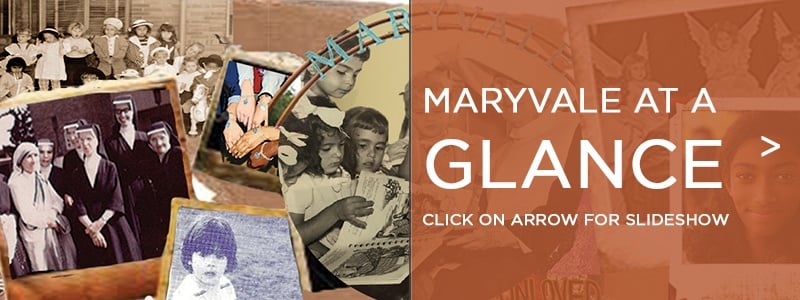
-
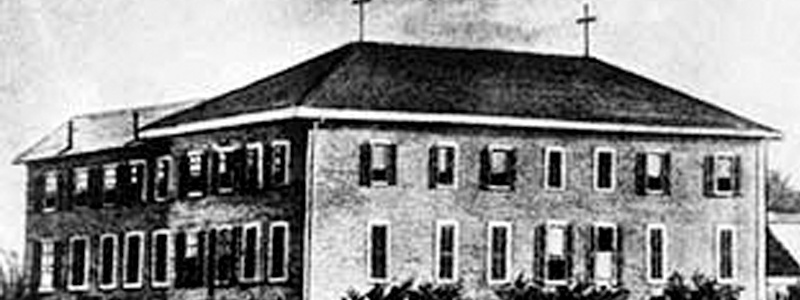 The Wilson House, circa 1856.
The Wilson House, circa 1856. -
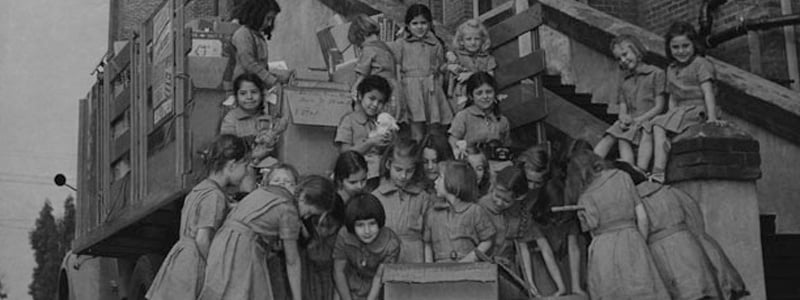 Orphans, circa early 1900.
Orphans, circa early 1900. -
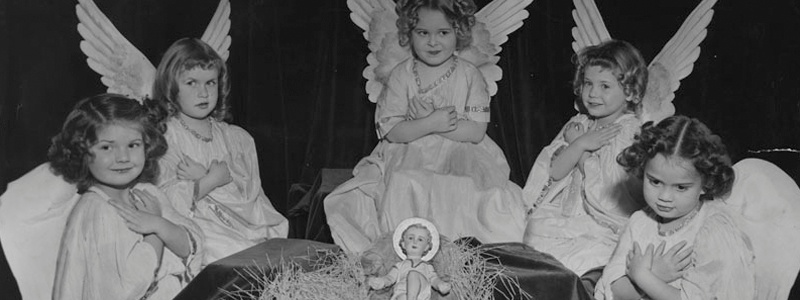 Christmas angels, Boyle Heights, circa 1940s.
Christmas angels, Boyle Heights, circa 1940s. -
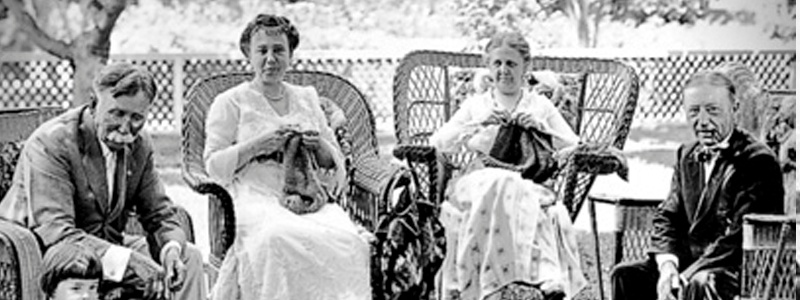 Carrie Estelle Doheny and supporters, circa early 1950s.
Carrie Estelle Doheny and supporters, circa early 1950s. -
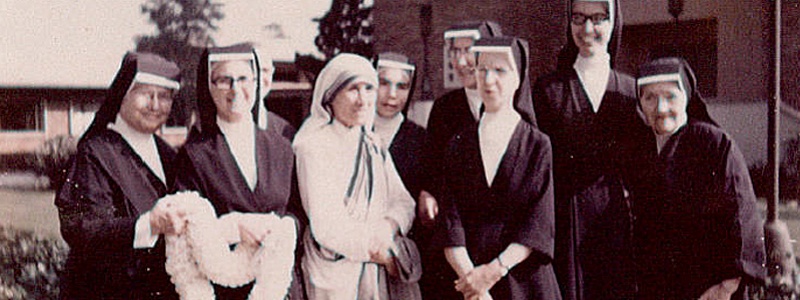 Mother Teresa's visit to Maryvale, circa 1970s.
Mother Teresa's visit to Maryvale, circa 1970s. -
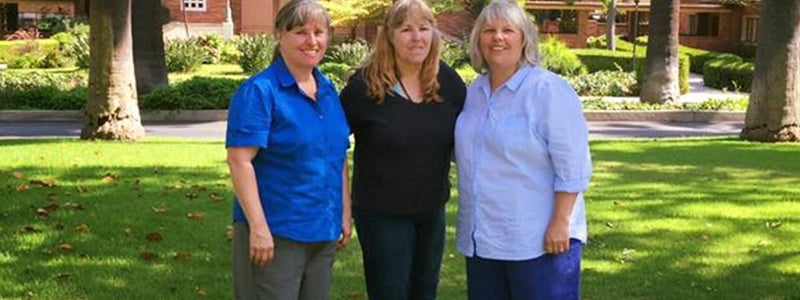 Three alumnae sisters from the late 1960s visit Maryvale today.
Three alumnae sisters from the late 1960s visit Maryvale today. -
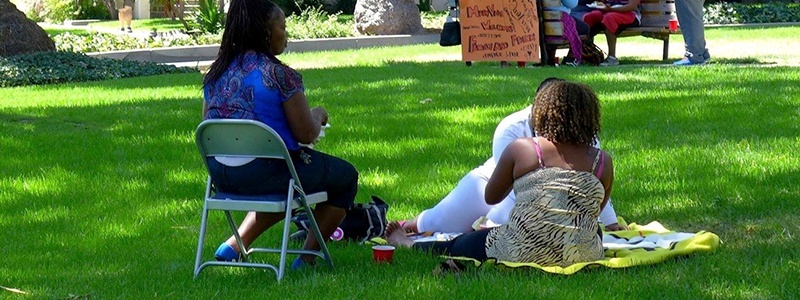 Residential Treatment for Girls, circa 2015.
Residential Treatment for Girls, circa 2015. -
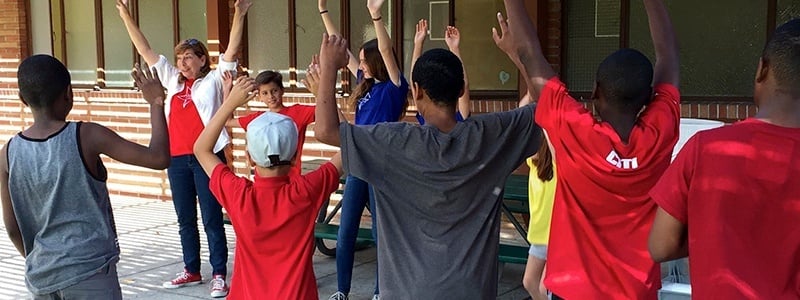 Emergency Placement Center for Children, circa 2015.
Emergency Placement Center for Children, circa 2015. -
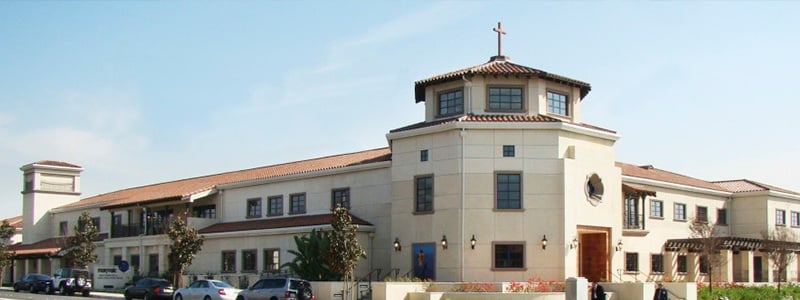 Family Resource Center, Duarte, 2015.
Family Resource Center, Duarte, 2015. -
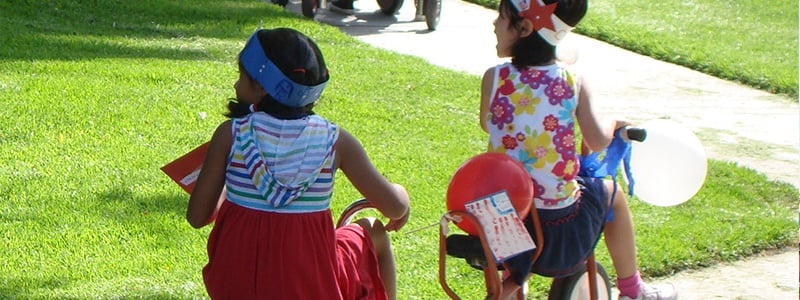 Early Education today.
Early Education today.
1968
In 1968, the Daughters became concerned about the lack of structured learning opportunities for pre-school aged children—infants to age six—who had been placed in residential care at Maryvale. In keeping with their proactive approach, the Daughters launched an in-house day care center to meet the needs of these children. The center maintained operations long after children 0-5 were no longer placed in residential care at Maryvale.
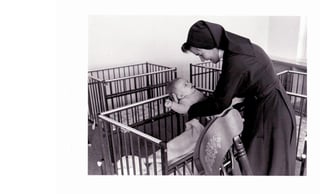
Almost immediately the Daughters recognized that high quality early childhood educational programs, like their in-house center, had the potential to prevent child abuse and neglect and strengthen families by creating better-informed and more knowledgeable parents with access to the resources they need to overcome challenges and create stable homes. The Daughters immediately opened the center to children from the broader community.
1999
In 1999 Maryvale responded to community need by launching a second Early Education Center in Duarte on the site of the former “Land of Aws” day care center.
2007
Recognizing the challenges faced by girls who have aged-out of the Foster Care system, in 2007 the Daughters acquired an apartment complex to act as the site for its new Transitional Housing program. This voluntary program provides housing, case management, employment, education assistance and more, giving girls the greatest likelihood of success in independent living.
2011
After successfully operating its Early Education program in Duarte from its original facility for nearly a decade, Maryvale launched an extensive planning project to create a new state-of-the-art center—a center that would bring even more resources to area families.
During the planning process, and after more than 150 years of caring for children separated from their families for a variety of unfortunate reasons, the Daughters of Charity recognized that many families today need help and support with the stress of balancing work and family, coping with financial hardship and a host of other issues — ranging from substance abuse to the loss of loved ones. The Daughters understood that strengthening families was the key to keeping children safe and positioning them for academic and personal success, so a commitment was made to include a Family Resource Center as a key component of the new center.
Maryvale opened the doors of the new Family Resource & Early Education Center in Duarte in February 2011 to address the myriad issues that can compromise family well-being. The new location expanded the capacity of the Early Education Center dramatically— growing from a center where 5-6 staff served about 40 children daily to a center with 35 staff and a capacity to serve 148 children per day.
In addition to the expanded early education program, the center also provides comprehensive community-based prevention, intervention and treatment services for all families — including blended, kinship, adoptive, and foster families—and brings affordable and accessible mental health services to the under-insured and uninsured, as well as families and individuals with limited or no resources for such care.
2014
In early 2014, responding to a critical need in Los Angeles County, Maryvale opened the St. Vincent de Paul Emergency Shelter Center program at its Rosemead campus for children 12 and younger who have recently been removed from their homes due to abuse, neglect or abandonment—children in the midst of crisis. The program provides short-term care in a specialized setting. Children receive immediate medical attention and educational and social emotional assessments that assist Child Protective Services and the dependency court in making the best decisions possible as they plan for the child’s future care.
Today
Today, Maryvale provides Residential Care for girls ages 6-17, Transitional Housing and Aftercare for girls 18-21, Mental Health Services for individuals and families, and a Children’s Assessment Center for children ages 6-12. Maryvale is committed to using its resources and deep experience to continue providing the highest quality programs while responding to the needs of the community.


